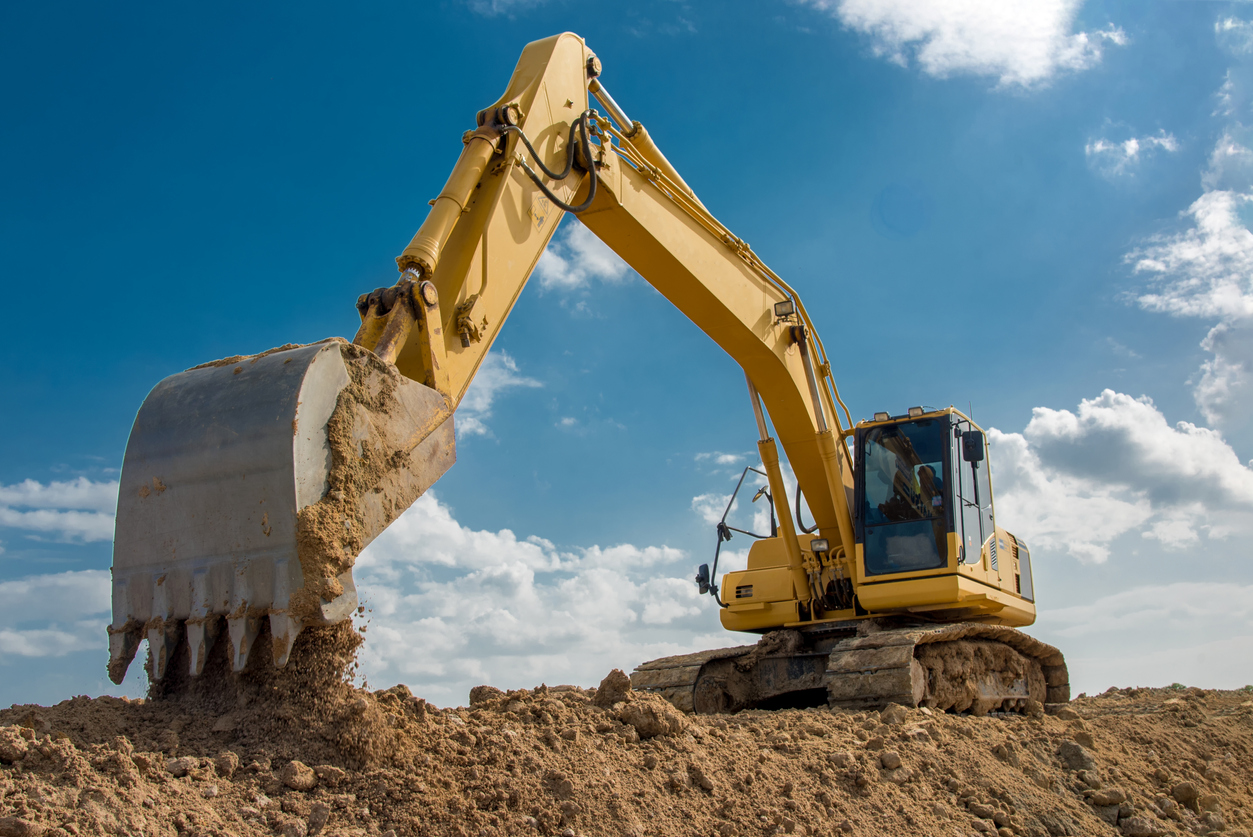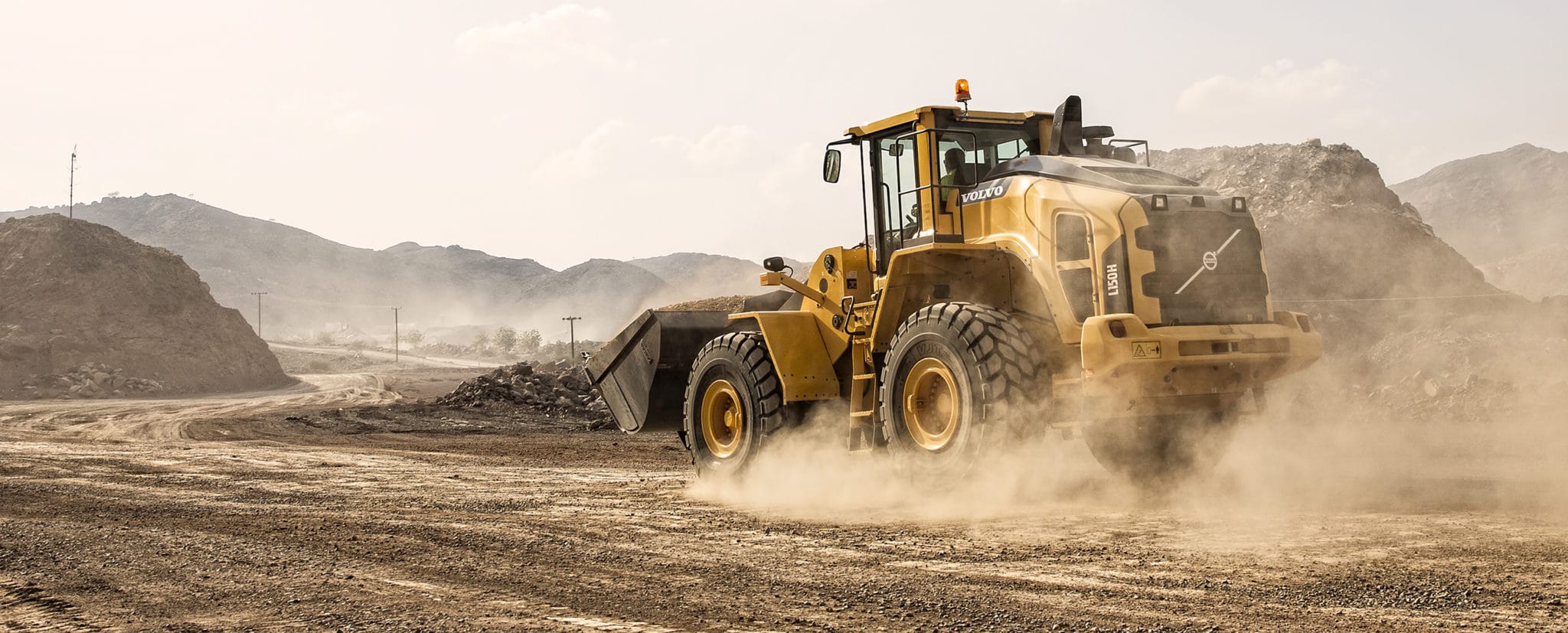Boom Lift Rental: Reach New Levels Securely
Boom Lift Rental: Reach New Levels Securely
Blog Article
Leasing Vs. Purchasing Building Equipment: Making the Right Choice for Your Project
When beginning on a building job, one of the essential decisions that predict stakeholders and managers encounter is whether to lease or acquire construction devices. Both choices have their advantages and drawbacks, making the option a critical one in the job planning process. The choice depends upon different elements such as cost factors to consider, job period, equipment maintenance, threat, versatility, and scalability administration. Each component plays a vital duty in establishing the most suitable path for the job's equipment requirements. scissor lift rental. Allow's explore these aspects better to recognize how they impact the decision-making process and inevitably the success of the task.
Price Factors To Consider
Renting equipment often needs reduced preliminary settlements contrasted to acquiring, making it an eye-catching option for short-term projects or contractors with budget plan restraints. In the long run, consistently renting out equipment can gather greater expenses than buying, particularly for extensive jobs.
On the other hand, acquiring building equipment involves higher ahead of time expenses but can result in lasting financial savings, particularly for regular customers or lasting projects. Inevitably, the decision between getting and leasing building and construction devices hinges on the task's period, regularity of usage, spending plan considerations, and lasting financial objectives.
Job Period

Conversely, for lasting tasks or ongoing building and construction work, purchasing equipment could be the a lot more economical choice. Acquiring devices can lead to cost savings in the lengthy run, particularly if the equipment will be often made use of. Additionally, owning tools provides a feeling of control over its schedule and enables modification to fit particular job requirements.

Equipment Maintenance
Given the essential duty project period plays in determining the most affordable strategy in between purchasing and renting out construction tools, the emphasis now shifts towards checking out the important aspect of devices maintenance. Correct upkeep is essential for guaranteeing the optimal performance and longevity of construction tools. Renting out devices commonly includes the advantage of having actually well-kept machinery offered by the rental company. This can ease the concern of upkeep tasks from the task proprietor or service provider, saving time and effort. On the other hand, having equipment needs a proactive approach to maintenance to stop breakdowns, make sure safety, and extend the tools's life expectancy. Regular assessments, servicing, and timely repairs are required to keep owned devices in leading functioning condition. Aspect in upkeep expenses when choosing in between getting and leasing, as neglecting maintenance can result in costly repairs, downtime, and project hold-ups. Ultimately, a properly maintained building devices fleet, whether rented or owned, is necessary for the effective and effective conclusion of building jobs.
Adaptability and Scalability
In the world of building and construction tools management, the element of versatility and scalability holds considerable value for project efficiency and resource utilization. Deciding to lease building and construction devices provides a high degree of flexibility as it permits the fast modification of tools types and quantities based on the developing requirements of a job. Leasing allows contractors to access a large range of specific devices that might be required for particular jobs without the long-term dedication of ownership. This adaptability is specifically helpful for tasks with varying demands or uncertain durations (construction equipment rentals).
Furthermore, scalability, an additional crucial element, is naturally connected to adaptability. Renting out construction equipment supplies the advantage of conveniently scaling procedures up or down as task needs fluctuate. Professionals can rapidly add or trade tools to match the project's altering requirements without the restraints of having possessions that may end up being underutilized or outdated. This capacity to scale sources successfully can cause price savings and improved job timelines, making leasing a desirable choice for jobs requiring versatility and receptive resource allowance.
Danger Monitoring
Efficient danger management in construction devices operations is critical to making certain job success and mitigating prospective financial look at here now losses. Building and construction projects naturally include different threats, such as equipment failures, crashes, and job hold-ups, which can significantly influence the project timeline and budget. By very carefully thinking about the dangers connected with owning or renting out construction tools, task managers can make educated decisions to minimize these prospective dangers.
Renting construction tools can use a level of danger mitigation by moving the obligation of repair and maintenance to the rental business. This can reduce the monetary problem on the task proprietor in case of unexpected equipment failings (mini excavator rental). Furthermore, renting out offers the versatility to accessibility customized devices for certain project phases, lowering the threat of owning underutilized equipment
On the other hand, possessing building devices offers a sense of control over its use and maintenance. However, this also implies birthing the full duty for fixings, maintenance prices, and depreciation, raising the economic threats related to tools possession. Mindful Clicking Here threat analysis and factor to consider of factors such as project period, devices use, and upkeep demands are vital in figuring out the most appropriate alternative for reliable danger management in construction projects.
Conclusion
Finally, when choosing in between renting and acquiring building equipment, it is important to take into consideration cost, project period, tools maintenance, scalability, danger, and flexibility management. Each variable plays an essential function in establishing the most appropriate option for the task at hand. By very carefully reviewing these facets, pile driving equipment project managers can make an enlightened choice that aligns with their spending plan, timeline, and general job objectives.

Report this page